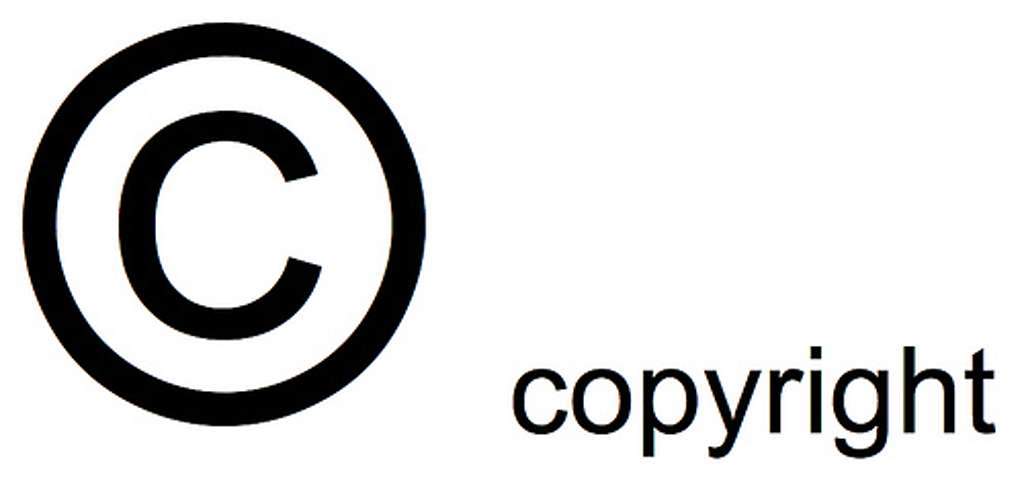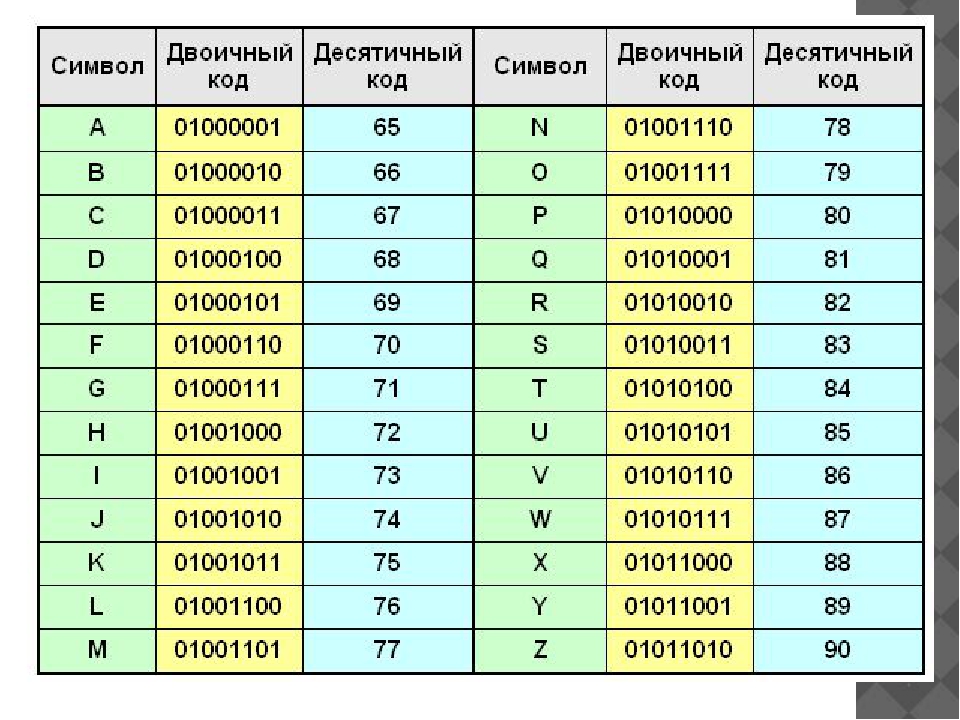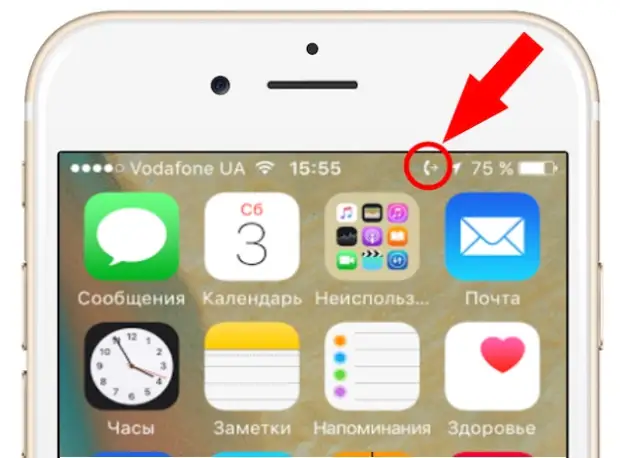Wondering how to convert dynamic disk to basic disk? Find the best dynamic disk converter here!
Преобразование динамического диска в базовый с помощью компонента управления дисками
-
Создайте резервные копии всех томов на диске, который требуется преобразовать из динамического в базовый.
-
Откройте модуль управления дисками с правами администратора.
Для этого введите Управление дисками в поле поиска на панели задач, выберите и удерживайте (или щелкните правой кнопкой мыши) Управление дисками, а затем выберите Запуск от имени администратора > Да. Когда откроется компонент управления компьютером, перейдите в раздел Хранилище > Управление дисками.
-
В диспетчере дисков щелкните и удерживайте (или щелкните правой кнопкой мыши) каждый том на динамическом диске, который нужно преобразовать в базовый, а затем выберите Удалить том.
-
После удаления всех томов на диске щелкните его правой кнопкой мыши, а затем нажмите Преобразовать в базовый диск.
Источник: http://docs.microsoft.com/ru-ru/windows-server/storage/disk-management/change-a-dynamic-disk-back-to-a-basic-disk
What Is Basic and Dynamic Disk?
Basic disk refers to a disk that is initialized for basic storage. A basic disk usually contains partitions, including primary and logical volumes, for file storage. And the created partitions are formatted with a file system — NTFS by default.
Dynamic disk is more like a disk that has been initialized for dynamic storage. It provides the features that basic disk does not.
Basic vs. Dynamic, Which Is Better?
Some of you may not know the differences between Basic and Dynamic disks. Here is a comparison table that may help you understand which is better and select the right disk type:
| Comparison | Basic Disk | Dynamic Disk |
|---|---|---|
| Supported OS |
|
|
| Maximum Partition Number |
|
2,000 volumes |
| Partition Type |
|
|
| Pros (Usages) |
|
|
According to this comparison table, basic and dynamic disks mainly share differences in OS, number of partitions, partition types, usages. It’s obvious that Dynamic disk is mainly used for huge storage, while the basic disk is better for ordinary data storage.
Источник: http://easeus.com/partition-master/change-dynamic-disk-to-basic.html
Introduction
Dynamic disk type was introduced by Microsoft with Windows 2000. Earlier versions of Windows Operating Systems used Basic Disks but you can convert to dynamic disk (from basic disks).
Источник: http://itechguides.com/dynamic-disk-vs-basic-disk-how-to-convert-to-dynamic-disk/
Differences between basic and dynamic disks
Here are the differences between these two types of disks.
|
Источник: http://techgenix.com/basic-disk-dynamic-disk-convert/ Дополнительные ссылки
Источник: http://docs.microsoft.com/ru-ru/windows-server/storage/disk-management/change-a-dynamic-disk-back-to-a-basic-disk Other Helpful Tutorials
Источник: http://itechguides.com/dynamic-disk-vs-basic-disk-how-to-convert-to-dynamic-disk/ Additional Resources and References
Источник: http://itechguides.com/dynamic-disk-vs-basic-disk-how-to-convert-to-dynamic-disk/ |




